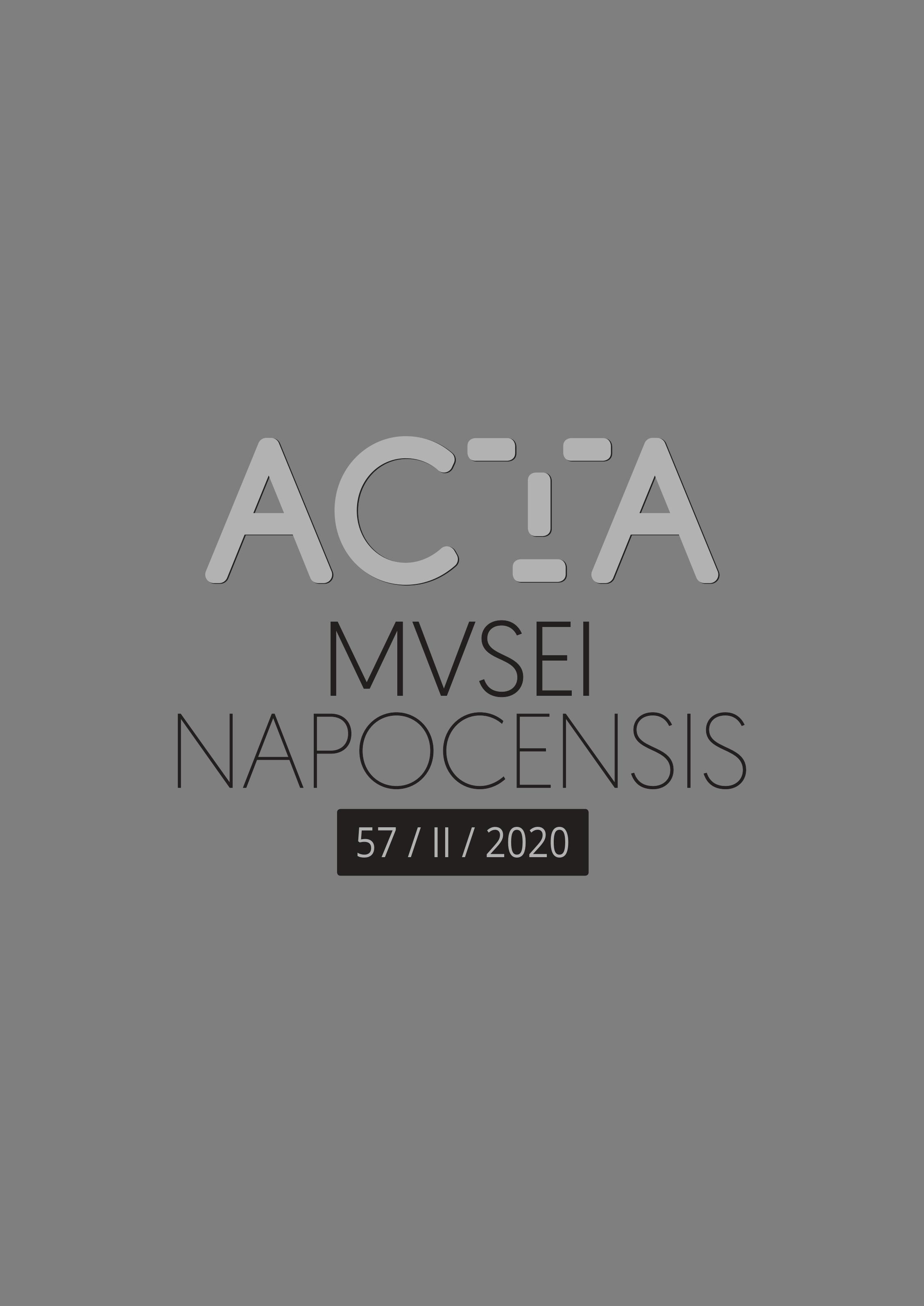Investigating a Medieval Church and Cemetery (Văleni-Papdomb, Harghita County)
Investigating a Medieval Church and Cemetery (Văleni-Papdomb, Harghita County)
Author(s): Katie Zeidlik, Andrei Gonciar, Jonathan Bethard, Zsolt NyárádiSubject(s): History, Anthropology, Archaeology, Cultural history, Local History / Microhistory, Middle Ages
Published by: Editura Mega Print SRL
Keywords: medieval cemetery; bioarchaeology; anthropology; church; archaeological excavation;
Summary/Abstract: An outstanding opportunity for the investigation of the ruined medieval church emerged through the cooperation between the Haáz Rezső Museum and the Canadian company ArchaeoTek, who backed the archaeological excavation in support of academic training. As a result, anthropology students take part in the excavation, after which they analyze and interpret the discovered bones. During six seasons of work we finished the excavation of the entire church, and also we documented 661 graves. Excavation and analysis at the Papdomb site follow American bioarchaeological methods and interpretive strategies. Over the last forty years, bioarchaeology has developed into a sophisticated and collaborative enterprise that draws from a range of people and skillsets to answer social questions using biological data. Areas of expertise and analysis being applied at the Papdomb site include: skeletal excavation methods; the development of biological profiles; radiocarbon dating; diet analysis through isotope testing; and, sex and biological relationship investigation through ancient DNA. The overarching goal in using the bioarchaeological approach is to add valuable insight and complement what historians and other experts of Szekler history already know. Furthermore, work at the Papdomb site stands out for its international and multi scalar collaborative approach. An international team of experts works with the descendant community to preserve and study the site and the human remains. Finally, the excavation and materials produced are a valuable teaching tool for aspiring bioarchaeologists and forensic anthropologists because human remains excavation and large human skeletal collections are not common in the United States or are not available for training.
Journal: Acta Musei Napocensis. Historica
- Issue Year: 57/2020
- Issue No: 57
- Page Range: 143-173
- Page Count: 31
- Language: English, Romanian

